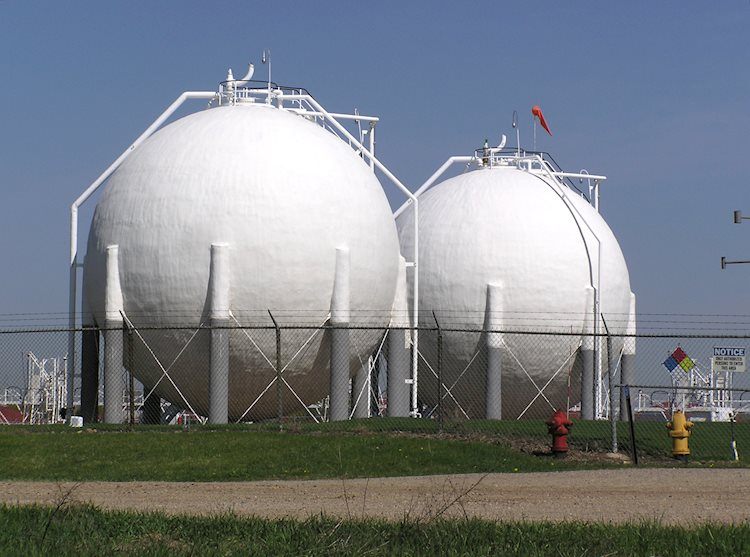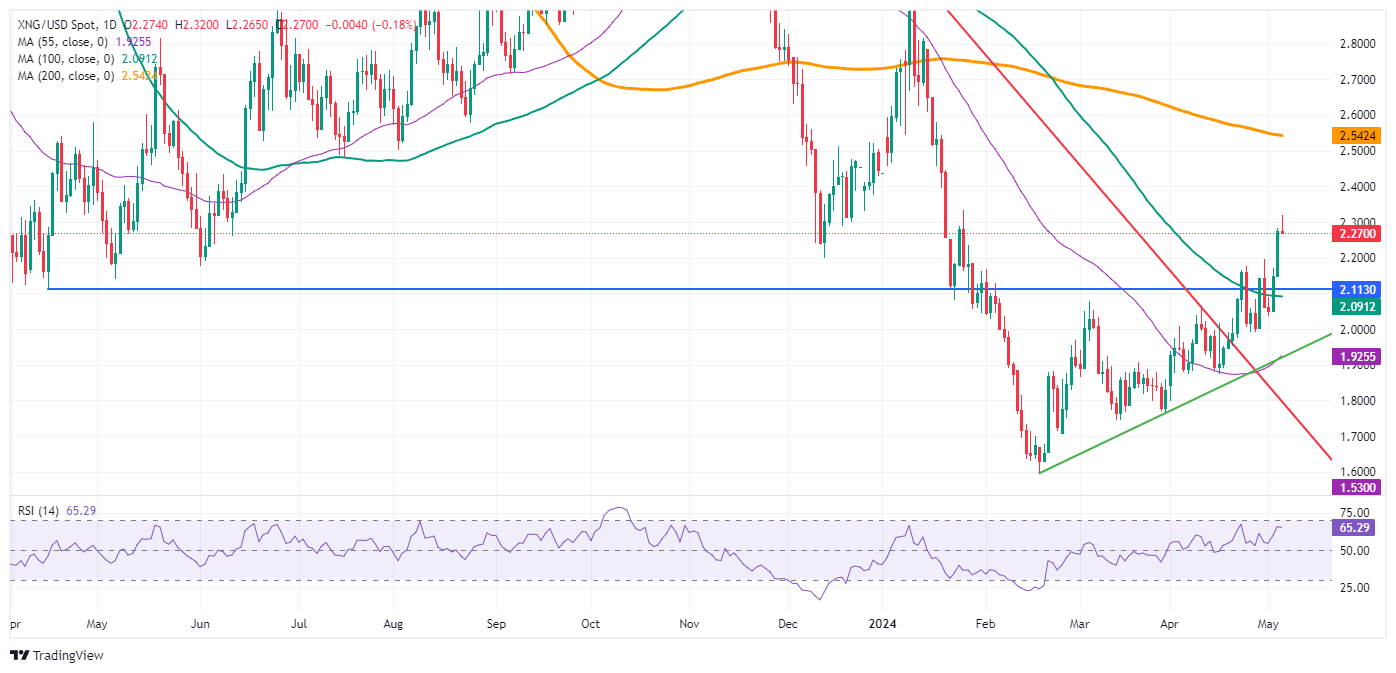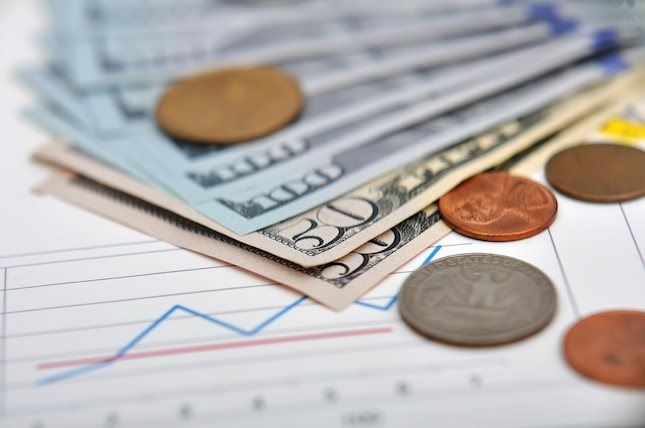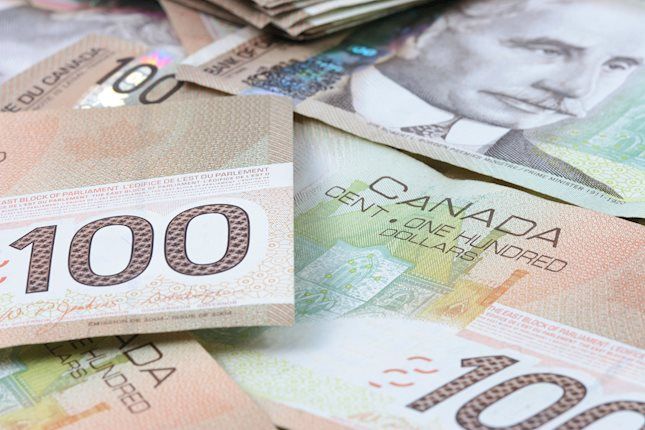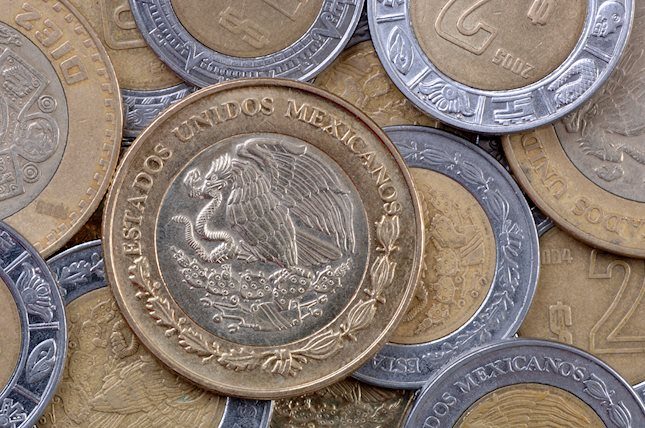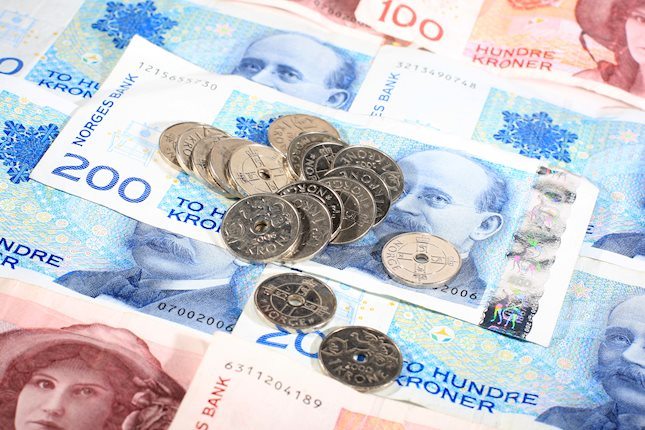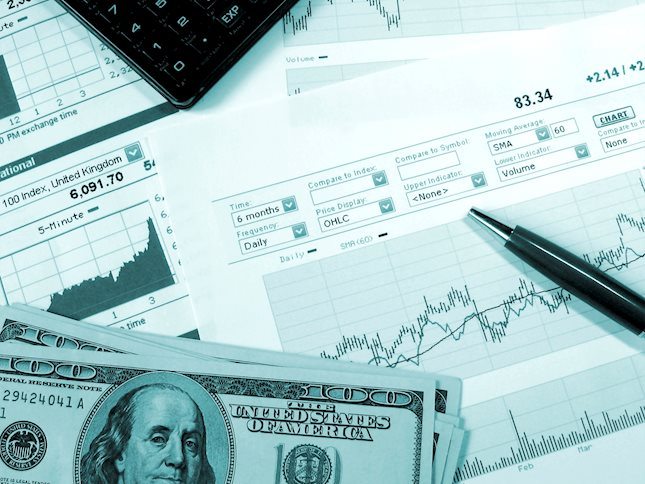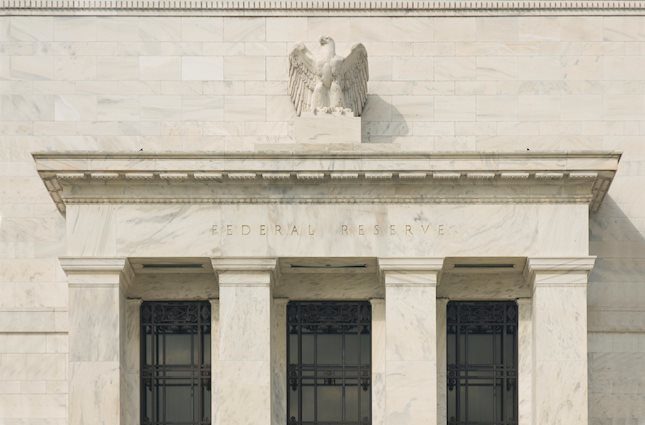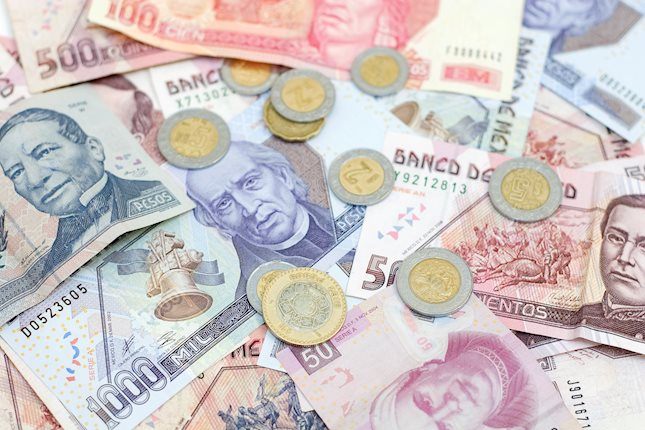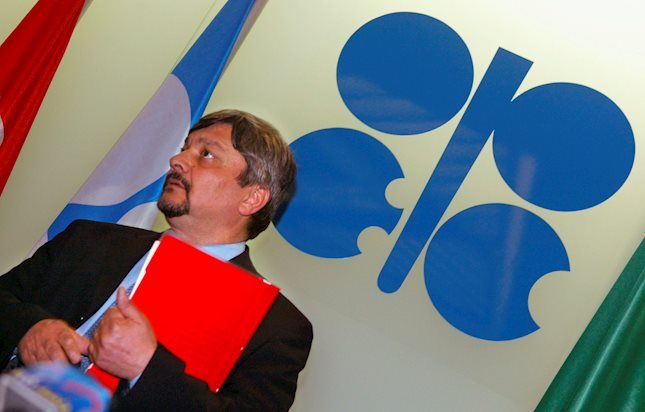Natural Gas shoots higher with Egypt securing border its Northern Sinai border
- Natural Gas prices are trading higher with Egypt shoring up controls at Northern Sinai border.
- Traders are adding risk premium as diplomatic tensions grow on Israel.
- The US Dollar Index dips below 105.00 with markets piling into earlier rate cut bet.
Natural Gas (XNG/USD) trades substantially higher on Monday with markets adding a chunky risk premium after Israel started the next phase of its offensive around the city of Rafah. This adds to more upside forces in gas prices this Monday. However, on the other hand, European Gas storages are filled up by 63.25%, seeing net inflows as the peak demand season draws to a close and limit big upside moves for now.
Meanwhile, the US Dollar Index (DXY) is erasing earlier gains and switched to red numbers with the US session set to start for this week. The move comes after substantial interventions that triggered appreciation in the Japanese Yen last week, which in turn made the DXY correct to the downside. Traders are now adding more devaluation for the Greenback in the assumption the US Federal Reserve will cut earlier than last week expected.
Natural Gas is trading at $2.34 per MMBtu at the time of writing.
Natural Gas news and market movers: Lift off
- Two Egyptian Security Officers told Reuters that Egypt has rissen its awareness level at the Northern Sinai border after Israel started its operations in Rafah.
- Over the weekend more and more protests are taking place against Israel after Prime Minister Benjamin Netanyahu issued instructions to vacate Rafah for an upcoming attack. The issued request for the already relocated people in the Gaza region is creating tensions again in the Middle Eastern area.
- Iran-backed Houthi rebels said they are ready to extend their actions against any cargo ships in the Red Sea towards the Mediterranean Sea.
- Russia’s energy industry, mainly Oil and Gas, is facing shortages of manpower after signing bonuses for the Russian Army have taken away much of the sector's available labor force. The revenues of Russia’s stronghold are needed to keep the Ukraine excursion funded, Bloomberg reports.
Natural Gas Technical Analysis: Pressure mounting
Natural Gas had a very good week, closing at a more than three months high on Friday. Over the weekend, several headlines came out from Israel that could further support Gas prices for another few weeks, while European Gas storages are seeing supply come in. This equilibrium should see prices trade in a new bandwidth that is near $2.10 on the downside and $2.50 on the upside for May.
On the upside, the next level to watch is the January 25 high at $2.33. Once through there, prices could steamroll towards the 200-day Simple Moving Average (SMA) at $2.54.
On the downside, a double belt is awaiting to provide support with the 100-day SMA at $2.09 and the pivotal level at $2.11 (low of April 14, 2023).. Should the support not hold above $2.00, then the ascending green trend line near $1.92 together with the 55-day SMA should avoid a further downturn.
Natural Gas: Daily Chart
Natural Gas FAQs
Supply and demand dynamics are a key factor influencing Natural Gas prices, and are themselves influenced by global economic growth, industrial activity, population growth, production levels, and inventories. The weather impacts Natural Gas prices because more Gas is used during cold winters and hot summers for heating and cooling. Competition from other energy sources impacts prices as consumers may switch to cheaper sources. Geopolitical events are factors as exemplified by the war in Ukraine. Government policies relating to extraction, transportation, and environmental issues also impact prices.
The main economic release influencing Natural Gas prices is the weekly inventory bulletin from the Energy Information Administration (EIA), a US government agency that produces US gas market data. The EIA Gas bulletin usually comes out on Thursday at 14:30 GMT, a day after the EIA publishes its weekly Oil bulletin. Economic data from large consumers of Natural Gas can impact supply and demand, the largest of which include China, Germany and Japan. Natural Gas is primarily priced and traded in US Dollars, thus economic releases impacting the US Dollar are also factors.
The US Dollar is the world’s reserve currency and most commodities, including Natural Gas are priced and traded on international markets in US Dollars. As such, the value of the US Dollar is a factor in the price of Natural Gas, because if the Dollar strengthens it means less Dollars are required to buy the same volume of Gas (the price falls), and vice versa if USD strengthens.
Forex News
Keep up with the financial markets, know what's happening and what is affecting the markets with our latest market updates. Analyze market movers, trends and build your trading strategies accordingly.
